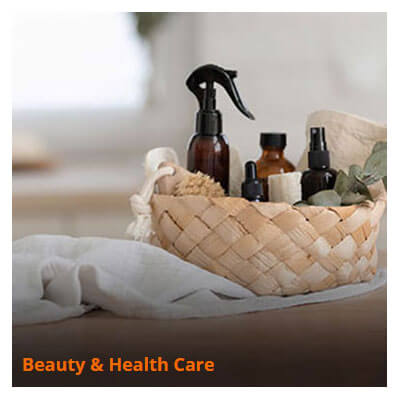7 Key Elements of Beauty Product Packaging Design
Designing the packaging for cosmetic products involves several key requirements. This is a crucial question because packaging not only represents the product's appearance but also serves as a vital element in brand image, market competitiveness, product categorization, consumer demands, and regulatory standards.
The requirements for cosmetic product packaging include the following aspects:
-
Safety
Cosmetic product packaging should protect the product from contamination, damage, or deterioration, ensuring it does not have adverse effects on consumers. The packaging materials should be non-toxic, environmentally friendly, and comply with relevant regulatory standards. The packaging structure should be robust, sealed, moisture-resistant, sun-resistant, and oxidation-resistant, suitable for long-term storage and transportation.
-
Functionality
Cosmetic product packaging should be convenient for consumers to use and carry, enhancing the product's effectiveness and user experience. The packaging format should suit the product's characteristics and purpose, such as liquid, powder, cream, etc. The packaging capacity should be reasonable, meeting consumer needs while minimizing waste and costs. The packaging opening and closing mechanisms should be simple and user-friendly, such as bottle caps, pump heads, squeeze tubes, etc.
-
Aesthetic Appeal
Cosmetic product packaging should capture the attention of consumers, conveying the product's features and value, thereby boosting brand recognition and purchase intent. The packaging colors should harmonize with the product's nature and positioning, for example, fresh, natural, elegant, etc. Creative and distinctive packaging patterns should highlight the product's theme and style, such as floral, animal, abstract designs, etc. Clear, concise, and impactful packaging text should express the product's name, efficacy, ingredients, usage, etc.
-
Innovation
Cosmetic product packaging should stand out and showcase the product's uniqueness and advantages, leading to market trends. Utilizing innovative materials and techniques such as biodegradability, smart sensors, color-changing, and fragrance incorporation can set the packaging apart. The packaging design should break traditional patterns and frames, incorporating elements like multifunctionality, reusability, and interactivity. Designing packaging that combines fashion and cultural elements, such as trendy colors, ethnic motifs, and artistic styles, is essential.
-
Product Protection
The primary function of cosmetic product packaging is to shield the product from environmental and physical influences, such as light, temperature, humidity, oxygen, bacteria, dust, collisions, etc. Therefore, packaging should use materials and structures suitable for the product's characteristics and shelf life, such as glass, plastic, metal, paper, etc. Additionally, cosmetic product packaging must comply with relevant hygiene and safety regulations, including ingredient labeling, usage instructions, precautions, manufacturing dates, and expiration dates.
-
Consumer Attraction
Another crucial function of cosmetic product packaging is to attract consumers' attention and interest, conveying the product's value and features. Therefore, the packaging should have a unique and appealing design, including color, shape, patterns, text, etc. Furthermore, packaging for cosmetic products should consider consumers' psychological and emotional needs, such as texture, fragrance, sound, etc. The design should align with the product's function and effects, consistent with the brand's positioning and image.
-
Convenience of Use
The third function of cosmetic product packaging is to make it convenient for consumers to use and carry the product, enhancing the overall user experience. Thus, packaging should have reasonable and user-friendly opening and closing methods, such as screw caps, press pumps, zip locks, etc. Additionally, cosmetic product packaging should have appropriate sizes and weights, along with clear and readable instructions and prompts. The design should consider the occasions and ways in which consumers use the product, providing relevant accessories or functions like mirrors, brushes, straws, etc.
These are fundamental principles for the requirements of designing packaging for cosmetic products. However, each product has its unique characteristics and differences. Therefore, when designing packaging for cosmetic products, adjustments, and innovations should be made based on specific situations and requirements. Designing packaging for cosmetic products is a complex and fascinating process that requires a combination of knowledge and skills from various aspects, including market research, creative ideation, visual representation, and technical implementation. We hope this information is helpful. If you want to learn more about cosmetic product packaging design knowledge and cases, feel free to follow our website, Facebook fan page, and Pinterest.

